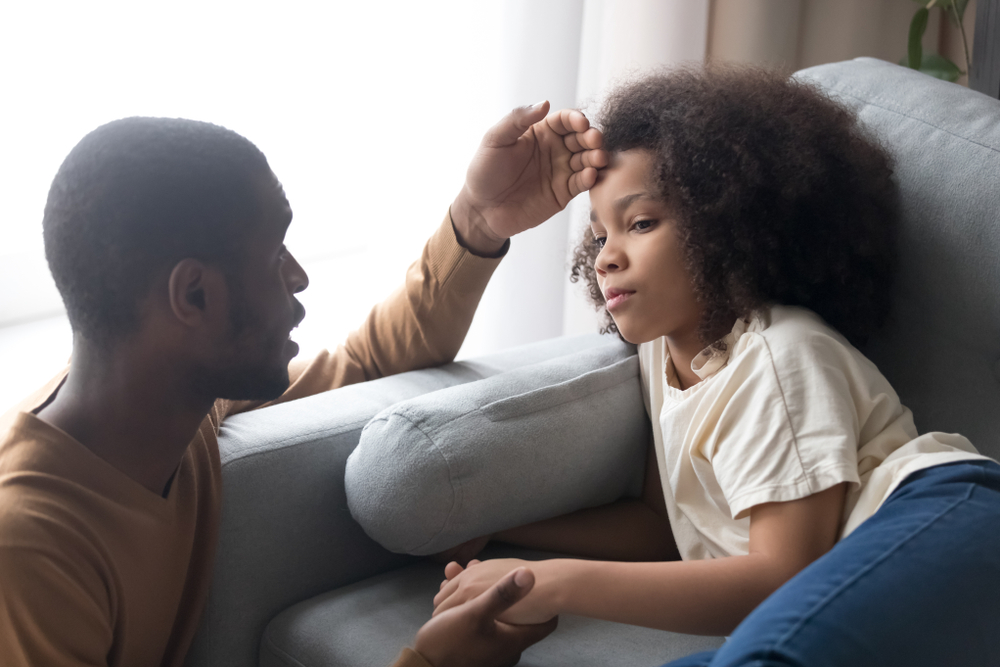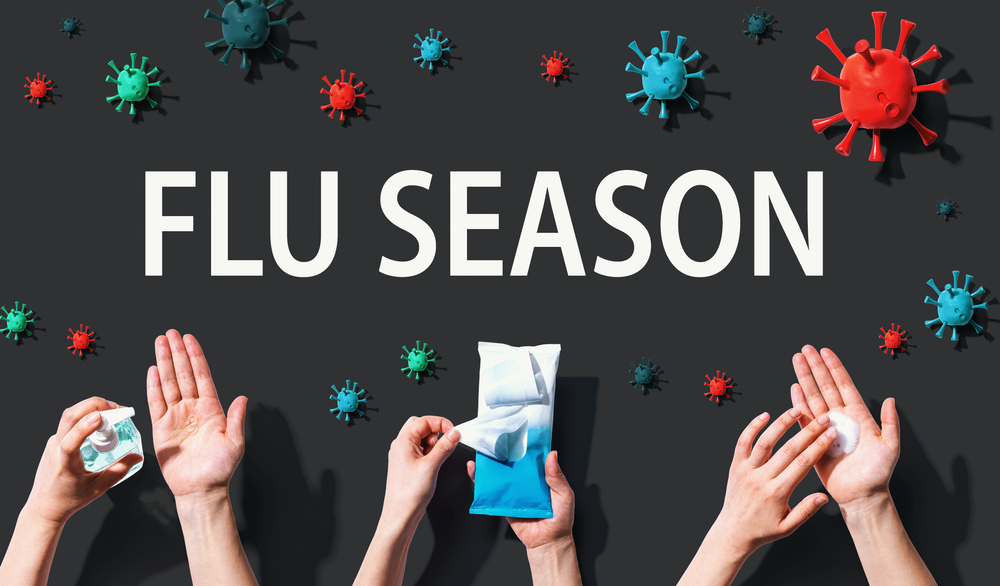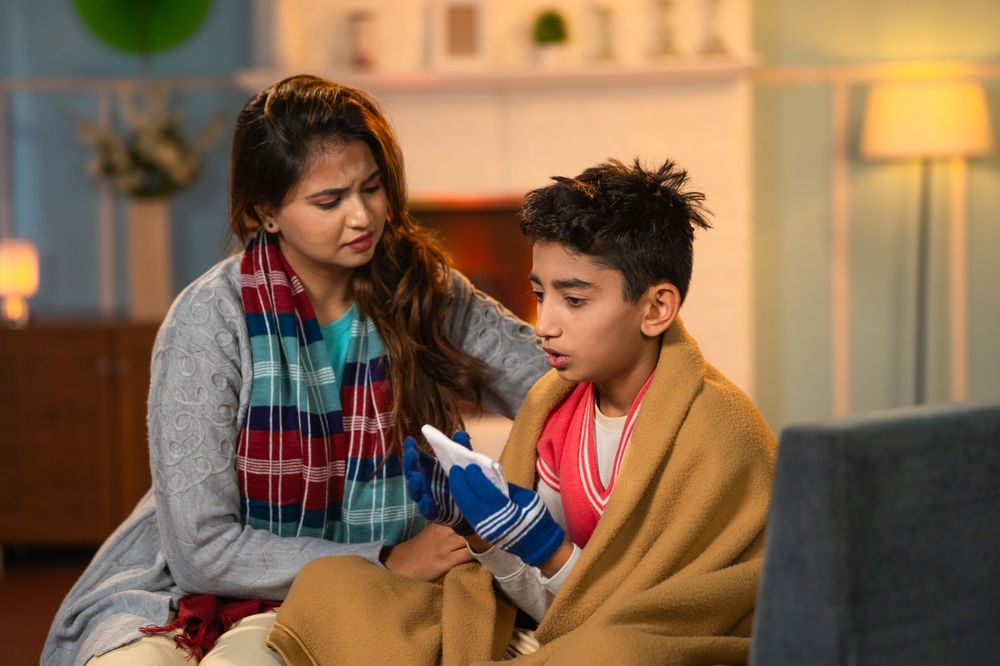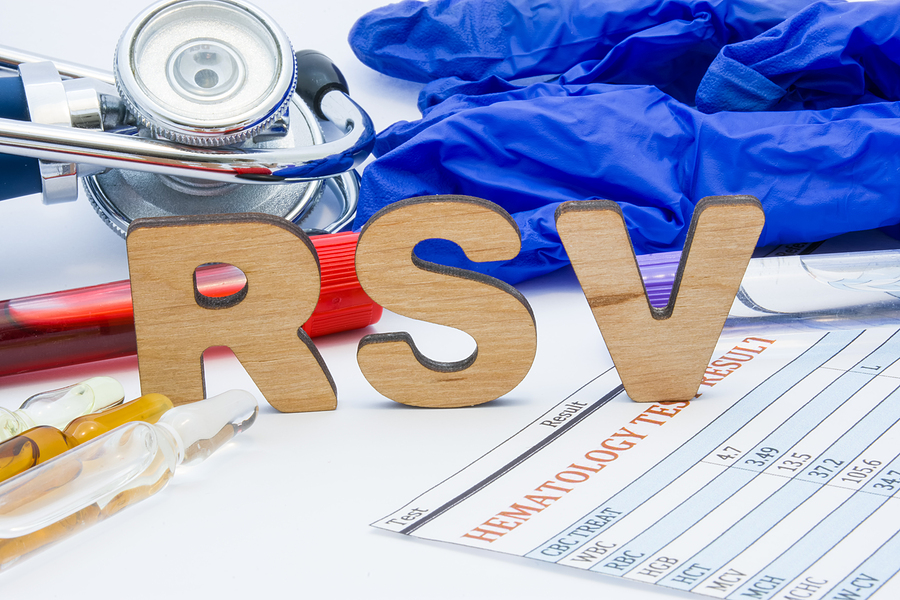By Natalia Darling, PA-C
What is RSV? RSV, or Respiratory Syncytial Virus is a virus that causes respiratory tract infections in all ages. Outbreaks in our area generally occur in the winter, with a peak between January and February. The hallmark of RSV is excessive production of mucus– in adults this causes a bad cold, but in children and babies with small airways it can be more problematic due to the sheer volume of mucus/snot produced. RSV can cause bronchiolitis, which is a viral infection/inflammation of the small branching tubes in the lungs which transport air.
What are the symptoms of RSV?
- Very runny nose and lots of congestion
- Wet cough, which may be worse at night (causing your baby to not sleep well)
- Fever
- Decreased appetite
RSV is generally the most symptomatic for the first 3-7 days of illness. Afterwards symptoms will slowly improve, however, the cough may linger for WEEKS afterwards.
Why is RSV problematic? In younger children who have smaller airways or children with pre-existing risk factors like prematurity, the excessive mucus produced by RSV can cause difficulty breathing, difficulty feeding, and difficulty sleeping. On occasion, young children with RSV may be hospitalized if they become dehydrated or if they are working too hard to breathe.
How is RSV diagnosed? RSV is diagnosed in medical clinics by taking a nasal swab sample of your child’s secretions. It can also be diagnosed clinically by having all of the symptoms consistent with RSV during the course of an outbreak.
How do you treat RSV? RSV is a virus, so antibiotics are not useful in its treatment. Instead, the majority of what we do during the course of your child’s illness is to make them comfortable, to help them feed and sleep better, and to monitor them closely. Some things you can do to make your child feel better and to help the course of the illness:
- Offer fluids: the goal is to have at least three urinations in a 24 hour period. Any age-appropriate fluid is fine – breast milk, formula, pedialyte for babies younger than 6 months; you can add water, diluted juices, and broths after 6 months and milk is fine for children over 1 year of age.
- Put a cool-mist humidifier in the bedroom. Humidifiers with warm mist can potentially cause burns if they are pulled down or spill.
- Use nasal saline and nasal suctioning. This is particularly helpful when done before meals/bedtime to help improve your child’s feeds and sleeping.
- Chest PT: Lay your child on their belly, cup your hand and gently thud on your child’s back to loosen secretions in the lungs.
- Sleep elevated– You can put a rolled up towel under your child’s mattress to slightly elevate the head of the bed. If your child is older than 1 year, you can put a pillow under their head.
- Steam up a hot shower and sit in the hot steam.
What do I need to look out for?
- Signs of respiratory distress or increased work of breathing: breathing faster than usual, wheezing or a whistling sound when breathing, using the muscles underneath the rib cage or between the ribs to breathe.
- Worsening symptoms
- Fever of greater than 100.4 that lasts for more than five days.
CALL 911 if you are ever concerned about your child’s ability to breathe: he/she starts to turn blue or pale, has a very hard time breathing, starts grunting, looks like they are getting tired of having to work so hard to breathe, or if he/she stops breathing.






